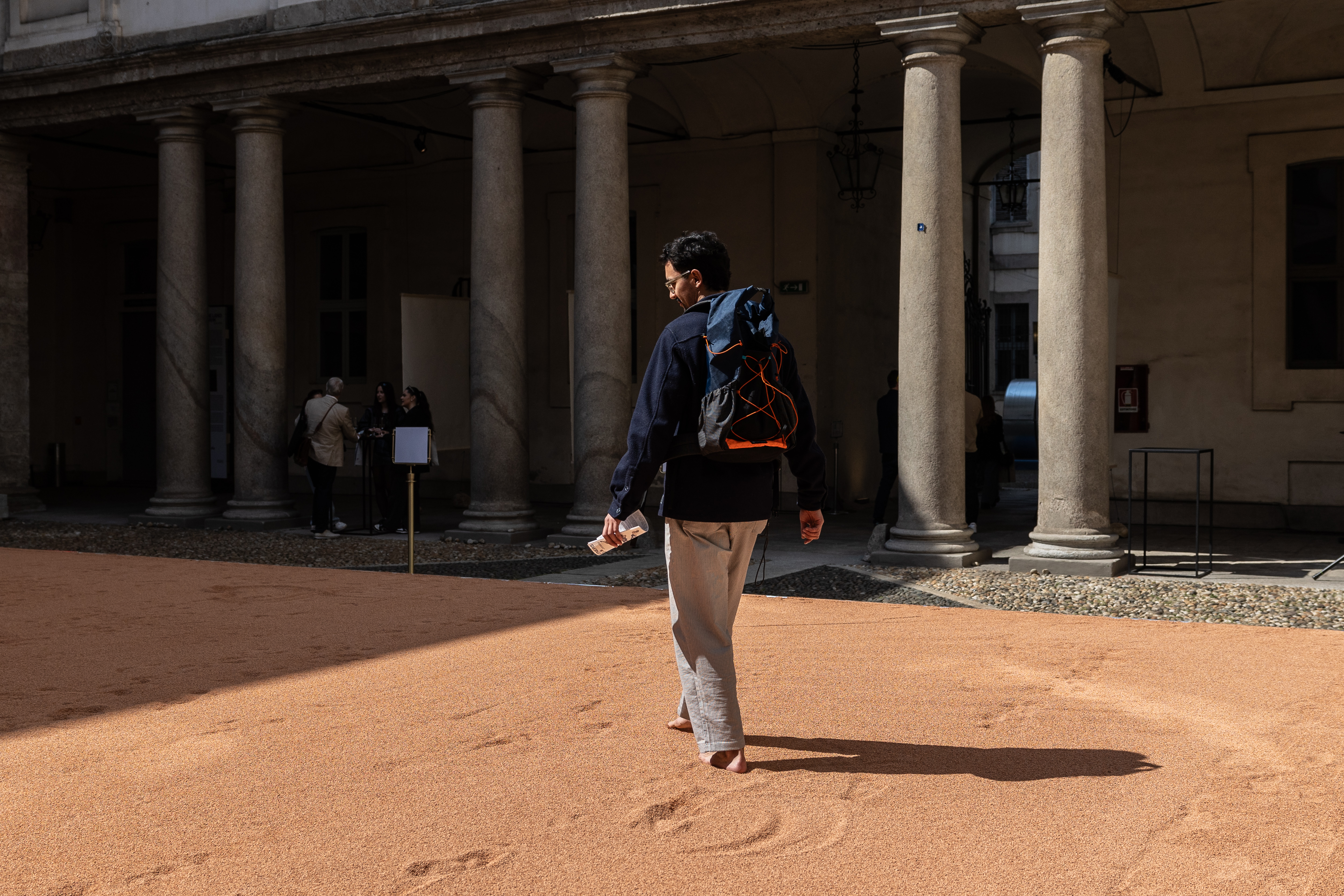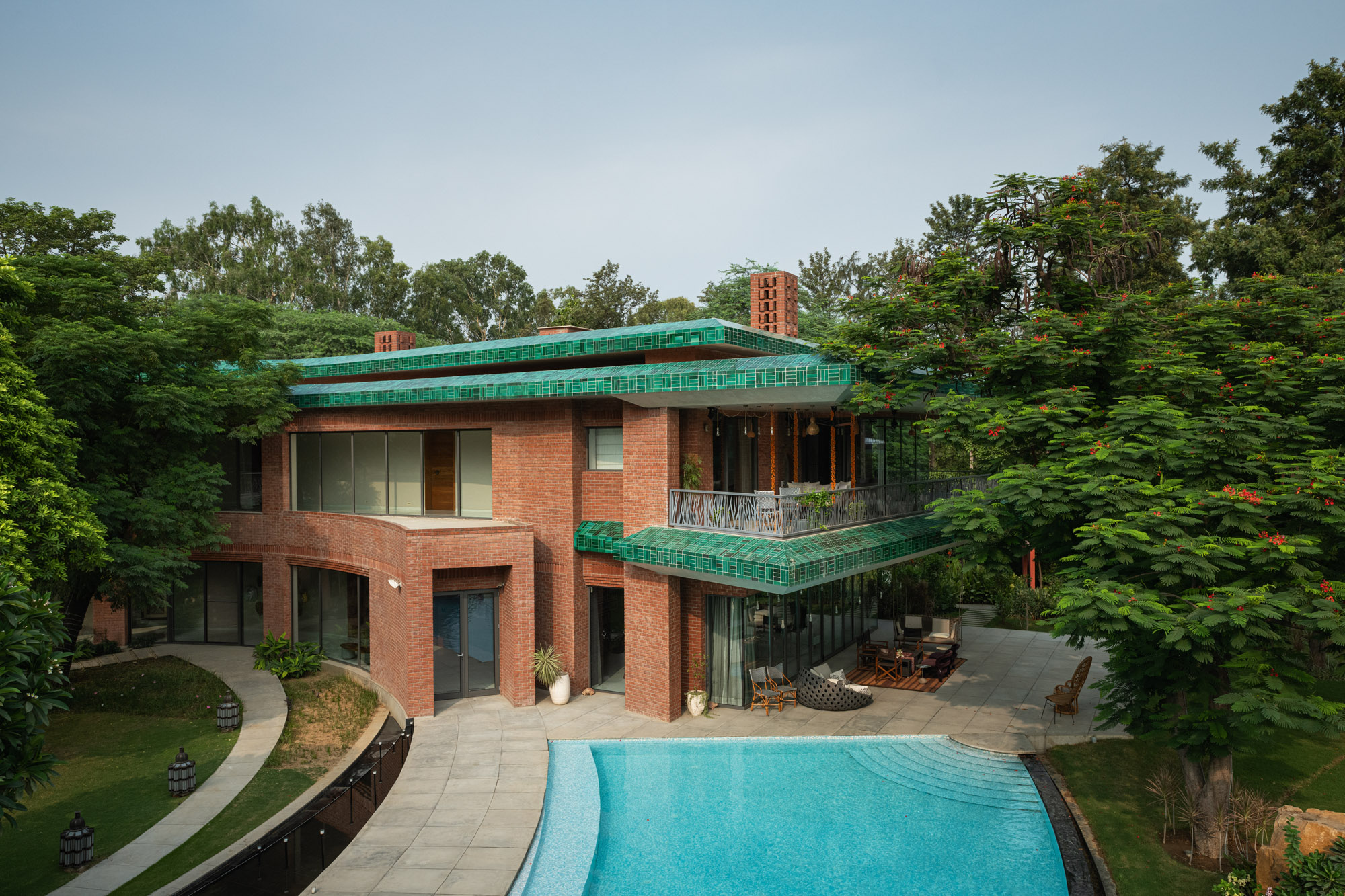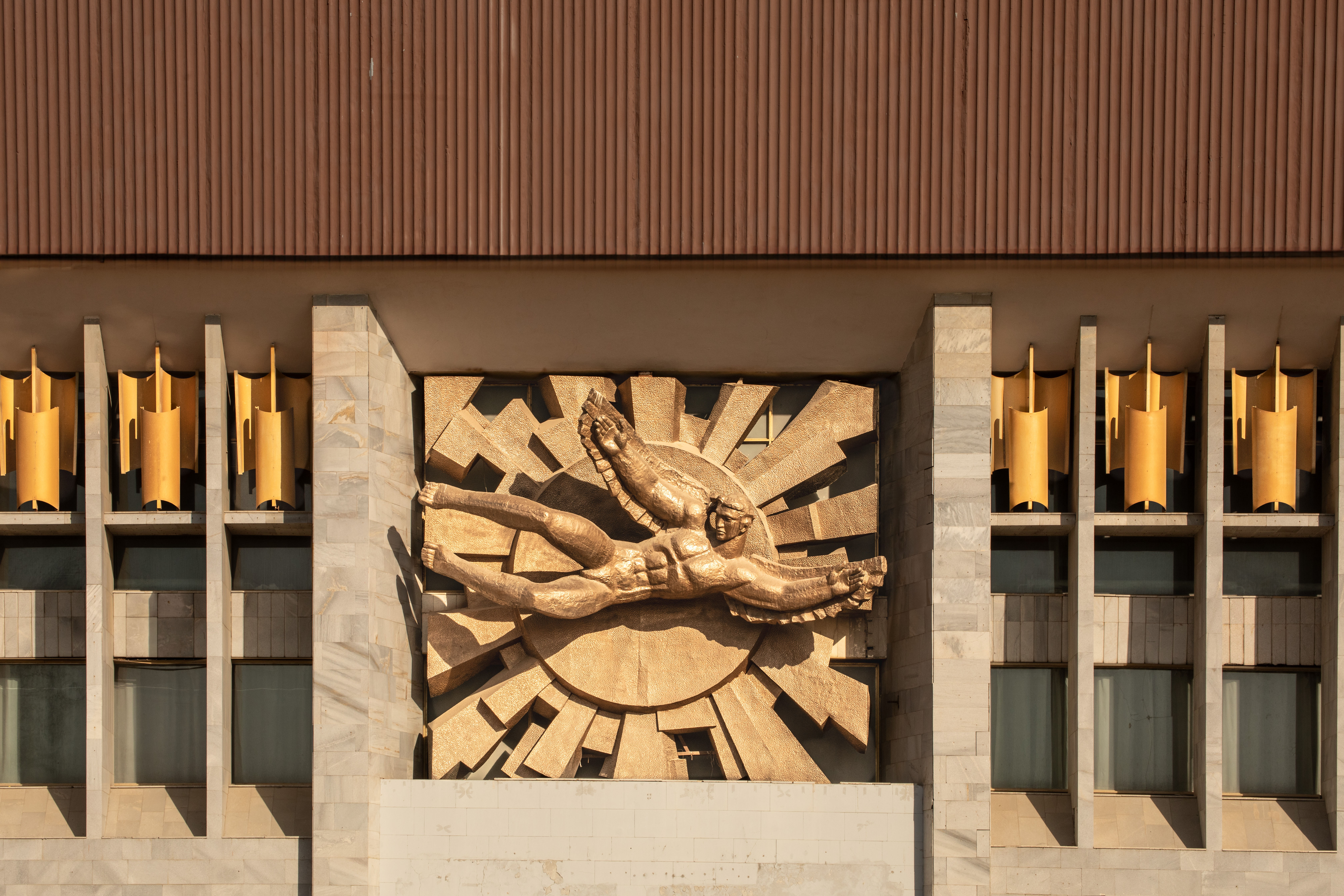International treasure: Chandigarh's Capitol Complex joins the UNESCO World Heritage list

The World Heritage Committee – in its 40th session, held at Istanbul, Turkey, earlier this month – has accepted the transnational serial nomination of 17 sites designed by the Swiss-French architect Le Corbusier. A first of its kind global nomination from seven countries spread over three continents, the dossier features sites that were implemented over a period of 50 years.
The Capitol Complex in Chandigarh, India, is considered as one of the most significant pieces of the architect’s realised body of works, commissioned in the course of what Le Corbusier referred to as ‘patient research’. It demonstrates Corbu's ‘five points’ as well as the ideas of the Ville Radieuse and Athens Charter that encapsulate his practice ideology. The Capitol Complex includes three buildings – the Punjab and Haryana High Court, the Palace of Assembly, and the Secretariat, as well as the Open Hand Monument, interspersed with water bodies and few other smaller structures.
Chandigarh was conceived in 1951 as the new capital of the state of Punjab, after the 1947 partition that led to the creation of Pakistan. The coveted UNESCO status should bring with it a renewed energy for the city, to conserve its exposed concrete edifices, as well as to expand and evolve the narrative of its modernist legacy, to resonate with the idea of contemporary India.
The other Corbu-designed sites of the nomination include the National Museum of Western Art, Tokyo; the Curutchet House in La Plata, Argentina; and Marseille's Unité d’habitation, arguably one of the most influential brutalist buildings of all time. There are also sites in Belgium, Germany and Switzerland. ‘These masterpieces of creative genius also attest to the internationalisation of architectural practice across the planet,’ states UNESCO.

The complex comprises three buildings – the Punjab and Haryana High Court, the Palace of Assembly, and the Secretariat, as well as three monuments.

The Assembly building, surrounded by water on one side, is a totemic work in Corbu’s oeuvre. Courtesy of FLC/ADAGP

The Secretariat ’s long and horizontal form spans eight concrete levels. Courtesy of FLC/ADAGP

The High Court is the Complex’s third member, completed in 1956. Courtesy of FLC/ADAGP
INFORMATION
For more information, visit the UNESCO website
Wallpaper* Newsletter
Receive our daily digest of inspiration, escapism and design stories from around the world direct to your inbox.
-
 Dimoremilano and Loro Piana channel 1970s cinema in decadent Milan display
Dimoremilano and Loro Piana channel 1970s cinema in decadent Milan displayAt Milan Design Week 2025, Dimorestudio has directed and staged an immersive, film-inspired installation to present new furniture and decor for Loro Piana
By Dan Howarth Published
-
 The new Google Pixel 9a is a competent companion on the pathway to the world of AI
The new Google Pixel 9a is a competent companion on the pathway to the world of AIGoogle’s reputation for effective and efficient hardware is bolstered by the introduction of the new Pixel 9a, a mid-tier smartphone designed to endure
By Jonathan Bell Published
-
 In Milan, MoscaPartners presents a poetic exploration of ‘migration’
In Milan, MoscaPartners presents a poetic exploration of ‘migration’Alongside immersive work by Byoung Cho, MoscaPartners’ Milan Design Week 2025 display features an accessible exhibition path designed for visually impaired visitors
By Cristina Kiran Piotti Published
-
 Croismare school, Jean Prouvé’s largest demountable structure, could be yours
Croismare school, Jean Prouvé’s largest demountable structure, could be yoursJean Prouvé’s 1948 Croismare school, the largest demountable structure ever built by the self-taught architect, is up for sale
By Amy Serafin Published
-
 Shalini Misra’s Delhi home is a seasonal sanctuary ‘made in India’
Shalini Misra’s Delhi home is a seasonal sanctuary ‘made in India’Interior designer Shalini Misra’s retreat in the Indian capital champions modernist influences, Islamic ancestry and local craftsmanship
By Sunil Sethi Published
-
 Jump on our tour of modernist architecture in Tashkent, Uzbekistan
Jump on our tour of modernist architecture in Tashkent, UzbekistanThe legacy of modernist architecture in Uzbekistan and its capital, Tashkent, is explored through research, a new publication, and the country's upcoming pavilion at the Venice Architecture Biennale 2025; here, we take a tour of its riches
By Will Jennings Published
-
 A triplex Mumbai penthouse contains sculptural staircases and expansive terraces
A triplex Mumbai penthouse contains sculptural staircases and expansive terracesEnso House is a multigenerational Mumbai penthouse by S+PS Architects that combines a reorganised interior programme with bespoke finishes and crafts
By Jonathan Bell Published
-
 This ‘architourism’ trip explores India’s architectural history, from Mughal to modernism
This ‘architourism’ trip explores India’s architectural history, from Mughal to modernismArchitourian is offering travellers a seven-night exploration of northern India’s architectural marvels, including Chandigarh, the city designed by Le Corbusier
By Anna Solomon Published
-
 At the Institute of Indology, a humble new addition makes all the difference
At the Institute of Indology, a humble new addition makes all the differenceContinuing the late Balkrishna V Doshi’s legacy, Sangath studio design a new take on the toilet in Gujarat
By Ellie Stathaki Published
-
 How Le Corbusier defined modernism
How Le Corbusier defined modernismLe Corbusier was not only one of 20th-century architecture's leading figures but also a defining father of modernism, as well as a polarising figure; here, we explore the life and work of an architect who was influential far beyond his field and time
By Ellie Stathaki Published
-
 Pretty in pink: Mumbai's new residential tower shakes up the cityscape
Pretty in pink: Mumbai's new residential tower shakes up the cityscape'Satguru’s Rendezvous' in Mumbai houses luxury apartments behind its elegant fluted concrete skin. We take a tour.
By Jonathan Bell Published